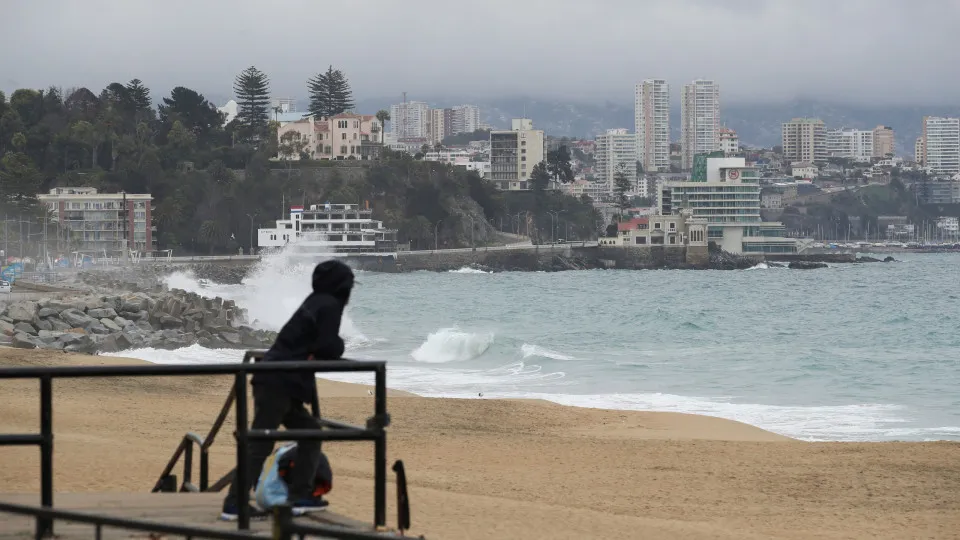Russia’s Kamchatka Peninsula was rocked by a powerful 8.8-magnitude earthquake on Tuesday, July 29, sparking fears of a destructive tsunami across the Pacific. But the waves that reached Hawaii and the US West Coast were far smaller than expected and caused no damage.
According to tsunami specialist Philip Liu of Texas A&M and Cornell University, not all large earthquakes trigger tsunamis. “It depends on how the quake deforms the sea floor,” Liu told ABC News. When parts of the seabed rise or fall, they displace water and generate waves. In this case, the rupture didn’t move the sea floor enough to cause significant waves.
Structural geologist Judith Hubbard added that the quake occurred about 12 miles (19 kilometers) deep in a subduction zone, where such depths are common. “The shallow part of the zone is where rocks slide and generate tsunamis,” she explained.
Despite tsunami advisories from Alaska to California, the waves that reached Monterey and San Francisco early Wednesday, July 30, caused no significant impact—highlighting the complex relationship between earthquakes and tsunamis.
However, this isn’t always the case. Most of the time, when a strong quake strikes near the ocean, it presents a double risk. Even if your home isn’t damaged by the shaking, you may still need to evacuate to higher ground to avoid a potential tsunami.
So how much time do you have to escape? And what steps should you take?
Click through the following gallery to learn what to do if a tsunami strikes.



